You haven’t lived if you’ve never had a measure for a suit.
Whether you are ordering a custom-made suit or ordering off-the-rack, knowing your personal measurements can make all the difference in buying a perfectly fitting suit.
Knowing your suit fits you like no other suit can put an extra spring in your step and add that final all-important element needed to pull off a great suit: confidence.
The Basics: Different Suit Sizes
Suits are measured differently than your casual, everyday clothes. It is a more complex issue than just determining a general “small”, “medium”, or “large”.
Because a suit is a formal way of dressing, people expect you to look crisp and create a clean line. This requires that the suit matches your specific proportions.
The sizing labels may get confusing because of this. So, getting to know what they mean is a critical first step in purchasing your suit.
The Jacket Chest Size
Your jacket chest size will typically be a number ranging from 34-52 plus a letter, perhaps even two letters. It signifies the chest measurement of the jacket and the length.
While it is tempting to equate the two, your jacket chest size measurement is not the same as your chest measurement. Those are two different measurements.
Simply using your chest measurement for your jacket would result in a jacket far too tight for you. So pay close attention to jacket sizing when determining which will fit you best.
If you are ordering an off-the-rack suit, pick which sizing label most closely matches your own measurements. There may be some slight irregularities in the fit, but a good tailor may fix those.
The Jacket Length
Remember that letter I mentioned in association with the jacket sizing? That is what signifies its length. It will typically be either an S (short), R (regular), or L (long).
Your desired length (mostly) depends on how tall you are.
A man who is 5’8″ or less requires an S, while a man standing between 5’9″-6’1″ would do best with an R. Men measuring 6’2″ and over will take an L jacket.
In some brands of suit jackets, you may be able to find XS and XL for the length.
The length of the suit jacket also determines its sleeve length. A proper jacket sleeve length leaves ¼”- ½” of the cuff dress shirt visible.
If the rest of the jacket fits you well, but the sleeves are too long on you, no need to worry. It is an easy enough fix to simply have the jacket sleeves hemmed.
Try on the jacket and pay attention to where the hem of the jacket lines up. If the bottom of the jacket hits at about where your fingers meet your hand, it is a suitable length.
It should also completely cover your rear end.
Pants Size
Typically, a pants size is a combination of a man’s waist size and his leg length. Sometimes the inseam measurement is also included.
But generally, dress pants are only sized by waist measurement. It means that the number you see on the suit pants is, in fact, the waist size in inches.
Since suit pants are mostly focused on the waist, you will probably need to hem the leg to create a proper pant break.
Suit pants have a difference in size number with the jacket. It’s called a “drop” and is usually 6. That is, in fact, the difference in inches between the jacket chest size and the pants waist size.
Also, the waist size is almost always labeled as an even number. But how to measure your waist size? We will get to that in a moment…
How to Measure the Suit Jacket Size
In order to get your measurements off to the best start, begin with taking your accurate height and weight. This can be beneficial in determining the suit fit.
So should you go for a slim fit, classic, or modern-fit suit? Let these measurements guide you.
Also, your height and weight will help estimate the drop of your suit. Again, the drop is the difference between your jacket size and your pants size.
The Chest Measurement
Getting the best measurement here will ensure you get the most flattering cut for your jacket. Your jacket is the focal point of your entire suit. If it does not fit you exactly right, your entire look will be skewed.
Wrap the measuring tape around the widest part of your chest, typically level to your nipples. It is critical that you do not puff out your chest while measuring; this will give you a false measurement.
Be sure to run the tape measure under your arms and not over them; hold them out while the tape is put in place.
After you have run the tape measure around your circumference, relax your arms back at your side.
Insert one or two fingers under the tape before you finalize your suit measurement. This will make sure that you have room for movement.
Shoulder Width Measurement
Recruit a helping hand for this one. Run the tape across your back from the tip of one shoulder to the tip of the other. The tape should follow along the natural curve of your upper back.
Pro tip: to best identify the points of your shoulder tips, let your clothing guide you. Put on a shirt that fits you very well and use its shoulder seams as markers.
The shirt will perfectly identify where your tape measure should begin and end. It removes the guesswork and any room for error.
Sleeve Length Measurement
You will need your shoulder tip again for this measurement.
Start the tape measure at your shoulder tip and run it down along your arm toward your wrist. It is wise to follow the outer part of your arm for the most accurate measurement.
Keep your arm relaxed. Stop the measurement around where your sleeve should end. The base of your thumb is the ideal spot.
If you need what is called the coat in-sleeve measurement, you will measure the underside of your arm. Place the start of the tape measure just under your armpit and measure to your wrist.
Suit Jacket Length Measurement
Here, you will measure from your neck down to your thumb. Get that extra pair of helping hands to help you with this measurement, too.
Relax your arms at your sides. Begin the tape measure at the base of your neck.
Next, drape it down the front of your chest until around the area where your thumb begins. This will typically be in the region of your upper thigh.
An alternative measurement guide for your suit jacket length would be to start the measurement where your shirt’s shoulder seam meets the collar.
Run the tape measure down your back until you reach the same region as you measure the front.
The Neck Measurement
To find the circumference of your neck, begin the tape measure just under your Adam’s apple and above your collar bone. Aim for just where your collar sits.
You do not want to pull too tightly, but you also don’t want slack in your tape, either. Gently pull the tape measure taught and insert one or two fingers before you record the measurement.
By doing it this way, you will ensure that you are leaving breathing room, literally.
The Waist Measurement
This measurement is for your suit jacket and not your suit pants, which may be different from what you are anticipating.
The tape measure needs to run along the circumference around your navel, well above your hips.
Make sure that you measure along the widest area. Keep the tape at the same level all the way around. Slipping down or riding up will cause an incorrect measurement.
Do not be tempted to suck in your belly while you are measuring!
You will regret that later when you attempt to button your new suit jacket and find you can barely breathe.
Arm Wrist Measurement
Wrap the tape around the point on your wrist where the jacket sleeve would come to an end. This would be where the seam of your jacket would lie.
Do not insert a finger for this measurement, but also don’t pull too tightly. In other words, keep it snug but without extra pulling.
This will benefit you by leaving room for your watch to slip discreetly under your jacket sleeve.
How to Measure the Suit Pants Size
Wearing dress shoes for this measurement can help determine the correct length and drape for your trousers. Dress shoes make you taller and will affect how long you need your pants legs to be.
The dress shoes will accurately represent your height while wearing the suit and affect the way you stand.
When you stand upright a certain way (as opposed to slouching or resting on one foot), your body makes a different shape. This shape determines how your suit material will drape.
Keep in mind that your suit pants size is not likely to be the same as your sizing for your casual pants.
Casual clothes, such as jeans and khakis, tend to be made of a bit of stretchy fabric. Suit pants are not, so they are likely to be sized larger.
Remove all items from your pants’ pockets when you start taking the measurements.
The Seat Measurement
Run the measuring tape around the widest part of your bottom. Again, do not pull the tape very tight but do be sure to keep it taught.
The pants seat is not an area you will need to insert a finger to help leave some extra room. Too much extra room will result in an extra fabric that will only create a sloppy visual.
Make sure that the tape measure stays level while running the circumference around your rear end. Again, an error here would give you too much material in your trousers.
Pants Waist Measurement
Find your natural hip level, which would be where your pants generally sit on your body. The spot where your belt area is would be ideal. Unsure where that would be?
Use an existing pair of trousers that you like as a guide. Be sure that you are using dress pants, though, and not casual pants.
Casual pants usually sit lower on your hips. That would not be appropriate for suit pants.
Remember not to pull too tightly! That would leave you with some very uncomfortable and tight pants. Insert a finger to give you that needed breathing room.
Do not run the tape around the pants that you may already be wearing. This will throw off your measurement.
The Outseam Length Measurement
This measurement finds the total length of your leg. It goes from the top of your pants down to the ground. As indicated, the tape measure runs along the outside of your leg.
To decide where to end your tape measure, you have two options. First, you can measure all the way to the floor and simply remove one or two inches from the final measurement.
Your other choice is to make your best guestimate of where the hem of your pants would fall.
Be sure that you have on the proper dress shoes that you would likely wear with the suit, or at least a similar pair.
You also need to be sure that you start the tape measure properly where your pants sit. Begin at the same spot where you took your pants’ waist measurement.
The Inseam Length Measurement
This measurement may or may not be requested, but it is good to have it on hand if it is needed.
Do not have baggy pants on when taking this measurement. You will measure from your crotch down to your ankle.
Place the beginning of the tape right where your leg and groin meet. Then, run the tape down to your ankle, stopping where the hem of your pants will fall.
How Should the Suit Fit
Familiarize yourself with how sizing works for suits and the different suit cuts.
Are you into classic or slim fit? Of course, the best suit fit for you will depend on your body type and personal preference.
Each type of fit will not only look different but will also feel different and affect how you move. A classic fit is the standard cut of a suit that offers plenty of room for movement.
The slim fit looks exactly how it sounds and offers very little freedom of wide movement. They’re tailored closer to the body and chest, providing an elegant and contemporary look.
The modern fit is rather the best of both worlds. It is less boxy than a classic fit and creates a very slender silhouette. Also, it has ample room for movement.
Whichever you choose, you want to ensure that you have plenty of room to move comfortably. Be sure that the fabric all lies smoothly and has no bunching or sagging anywhere.
Whether your suit is pre-made or bespoke, your suit should create a smooth outline.
Check out our video guide on how the correct measurements will make your suit fits well:
If you’re not into videos, here’s a detailed transcript of the information provided in it:
How Should the Suit Jacket Fit
Pay close attention to the closure of your jacket. If it hangs away from the body, the jacket is too large for you. If it pulls apart at the bottom, it is too small and likely to be uncomfortable.
For a perfect fit, each side of the jacket front aligns together when buttoned.
The shoulders of the jacket are another dead giveaway for an ill-fitting jacket. The jacket is too small if you see it bunching up around the neckline.
On the other hand, it is too large if you notice gaps inside the jacket near the shoulder line. You will know that it is a perfect fit when the jacket lies flat along the top of your shoulders.
A collar that folds upon itself is too tight for you. If you find it creating a large gap at the back of your neck, it is too large. Instead, it should sit evenly along the entire neckline.
A suit jacket that is the correct length will completely cover your bottom and will fall just to the line where your fingers meet the base of your hand when your arms are relaxed at your side.
Finally, the sleeve length should allow for ¼” to ½” of your dress shirt cuff to be exposed.
How Should the Suit Pants Fit
While the pants are not the focal point of your suit, an ill-fitting pair can ruin your look all the same. So take a quick check of these key points to ensure they are a proper fit.
The fabric needs to lie smoothly across your bottom for a trouser seat that is a proper fit. If the seat is baggy or squeezing your rear end, you risk looking slovenly or oversized.
Examine how the legs of the pants fit. They should encase your thigh without squeezing it. There should not be any extra fabric gathering anywhere along your leg.
The trouser break is a small but essential detail for the fit of your suit trousers. The hemline should be just slightly longer so that your shoe stops the fall of the pants, making on a small fold along your ankle.
If there are more folds, the pants are too long. On the other hand, if they reveal your ankles, the pants are too short.
When to Do Suit Tailoring and Alterations
Suits that are pre-constructed have been made with very general sizes in mind. Of course, we already know this can be problematic for most people.
Not everybody has the same body proportions and does not fit into cookie-cutter ideas of the human body. You aren’t a generic size and, therefore, can’t be expected to fit off-the-rack clothing perfectly.
You will likely need to visit a tailor for alterations when you purchase a suit, whether it’s off-the-rack or custom.
Some parts are easy to alter, so if these areas don’t fit you when trying on a suit you love, don’t necessarily be deterred from buying it.
A good tailor should easily be able to alter the sleeve length of the jacket. Altering can occur at the waist on both the jacket and the pants, the length of the pants, and the taper of the pants.
If you try on the suit jacket and its shoulders, chest, or even the length is not right, then that is not the suit for you. These are much more difficult to alter.
Focus on these areas for a good fit when trying on a suit, and let a tailor help you with anything else.
One final note on casual pants vs. dress pants: your suit pants need to be shorter. Casual pants have extra cloth for comfort in your movements. They bunch up on the leg.
This would not be a good look for dress pants, though. They need to be hemmed to a length where you don’t wind up with a lot of extra material at the bottom.
Hi, I’m Alex, and I’ve studied and specialized in styling in Rome. Through my writing, I want to help men dress well and learn the purpose and significance of suits and other formal attire. My final goal is to make men more confident in their wardrobe choice and life in general.
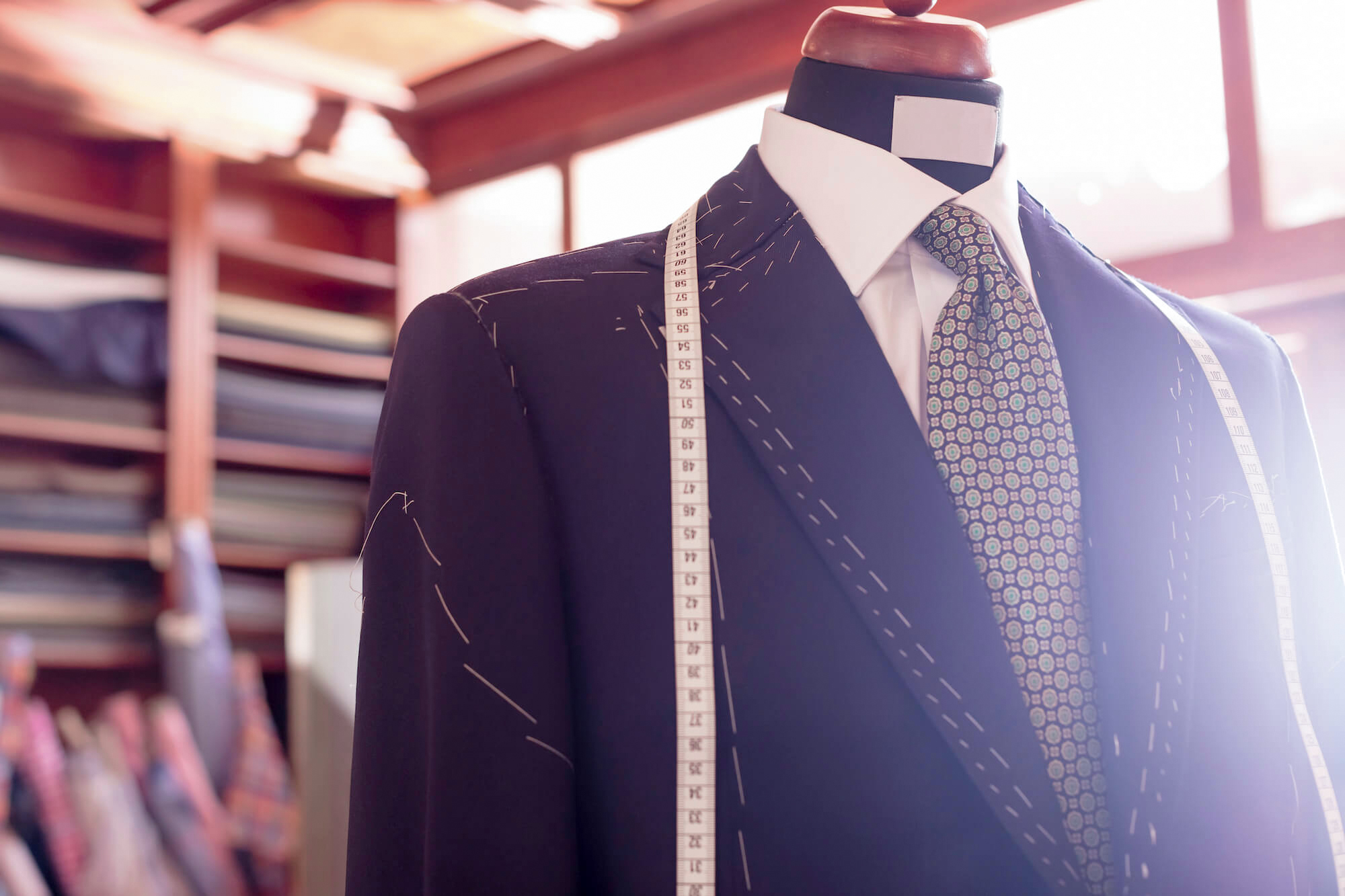

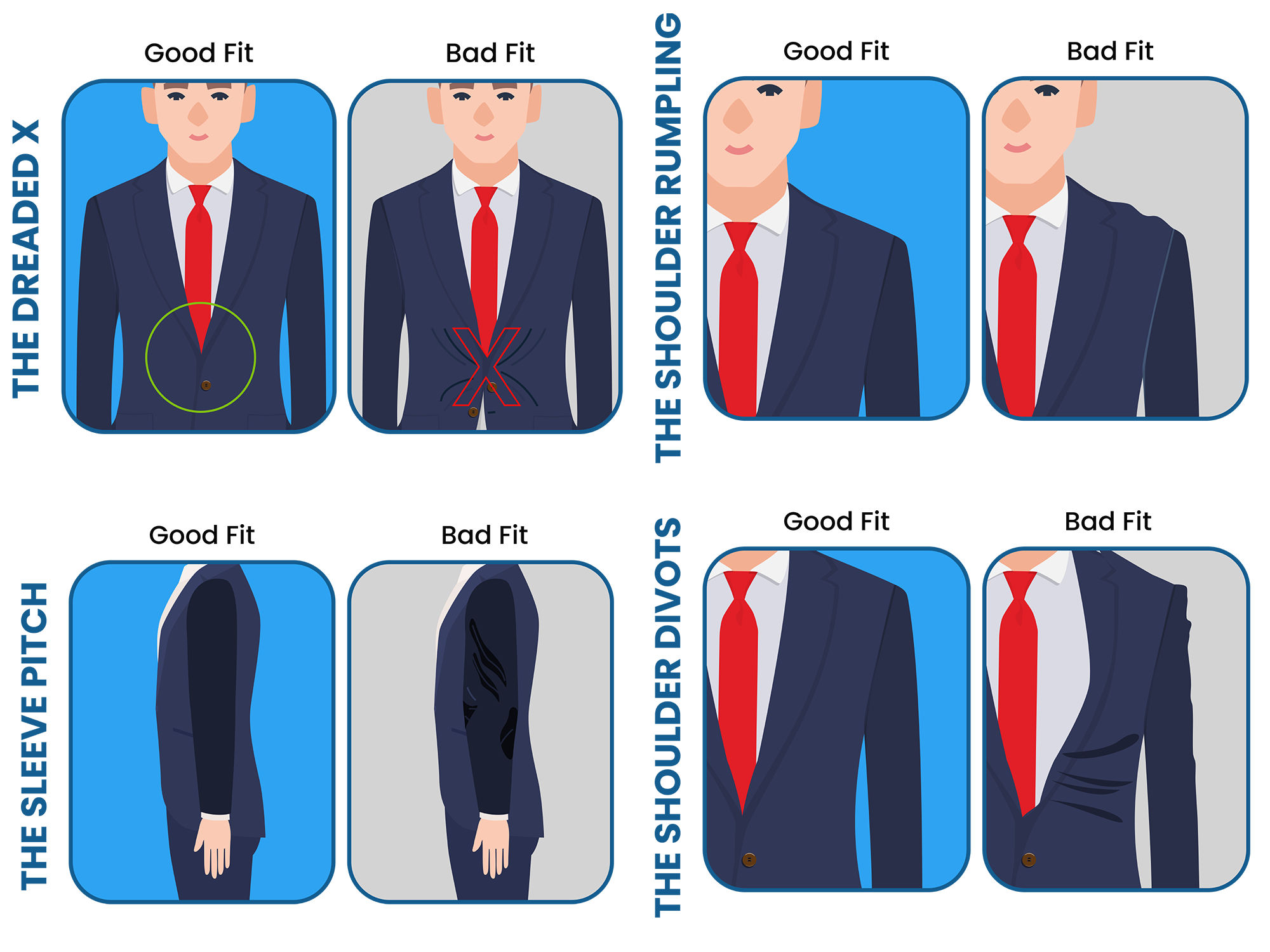
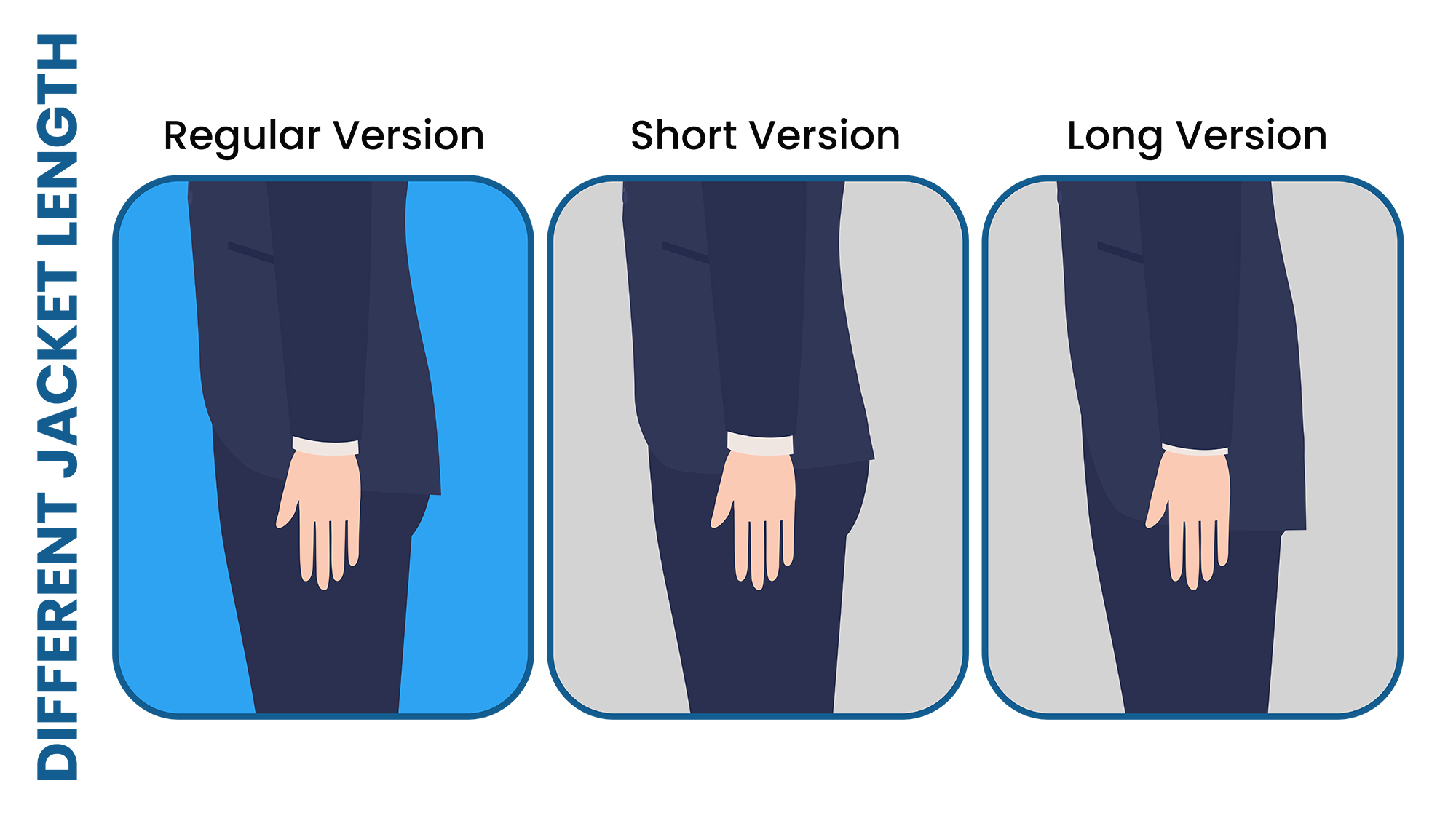
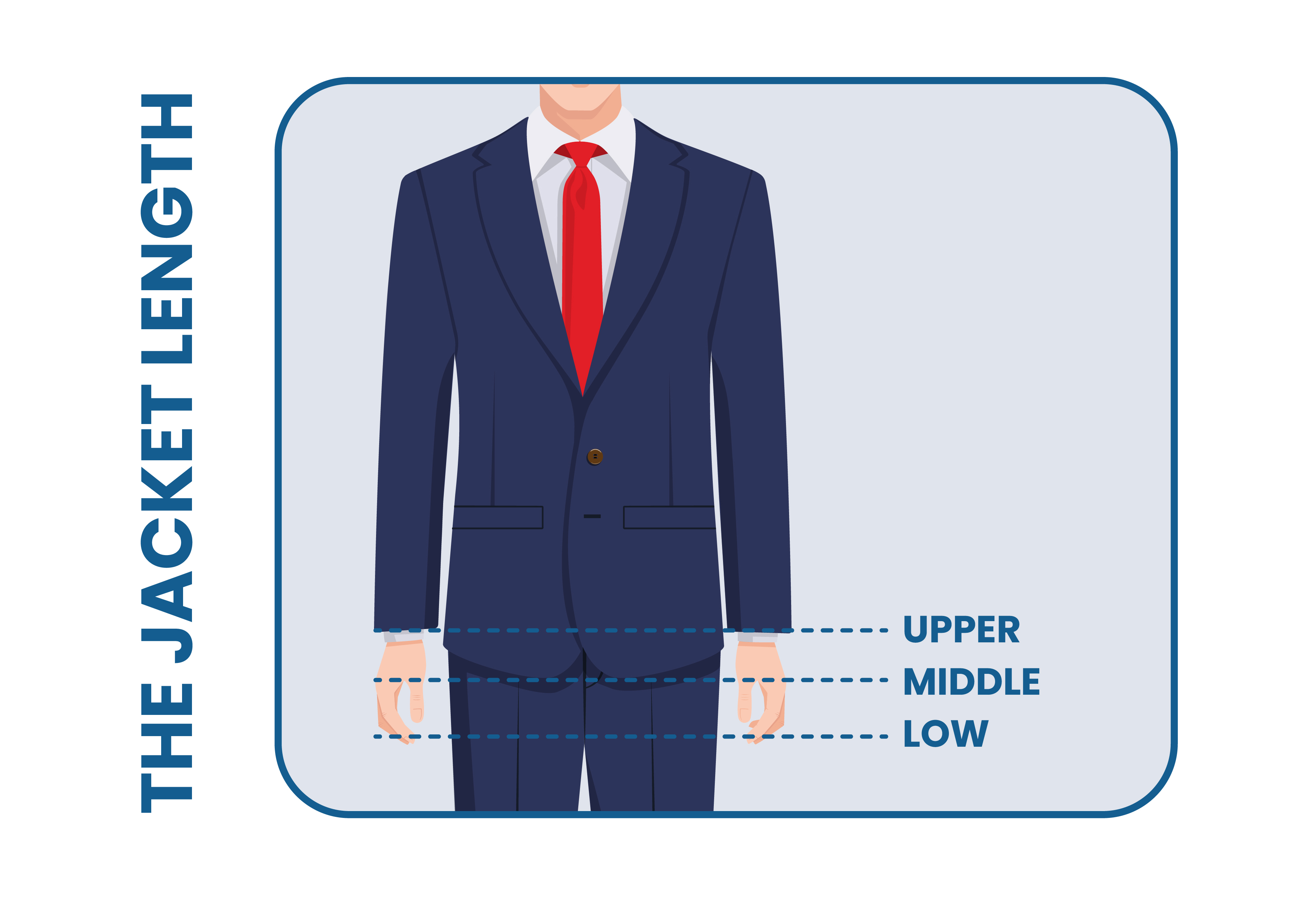
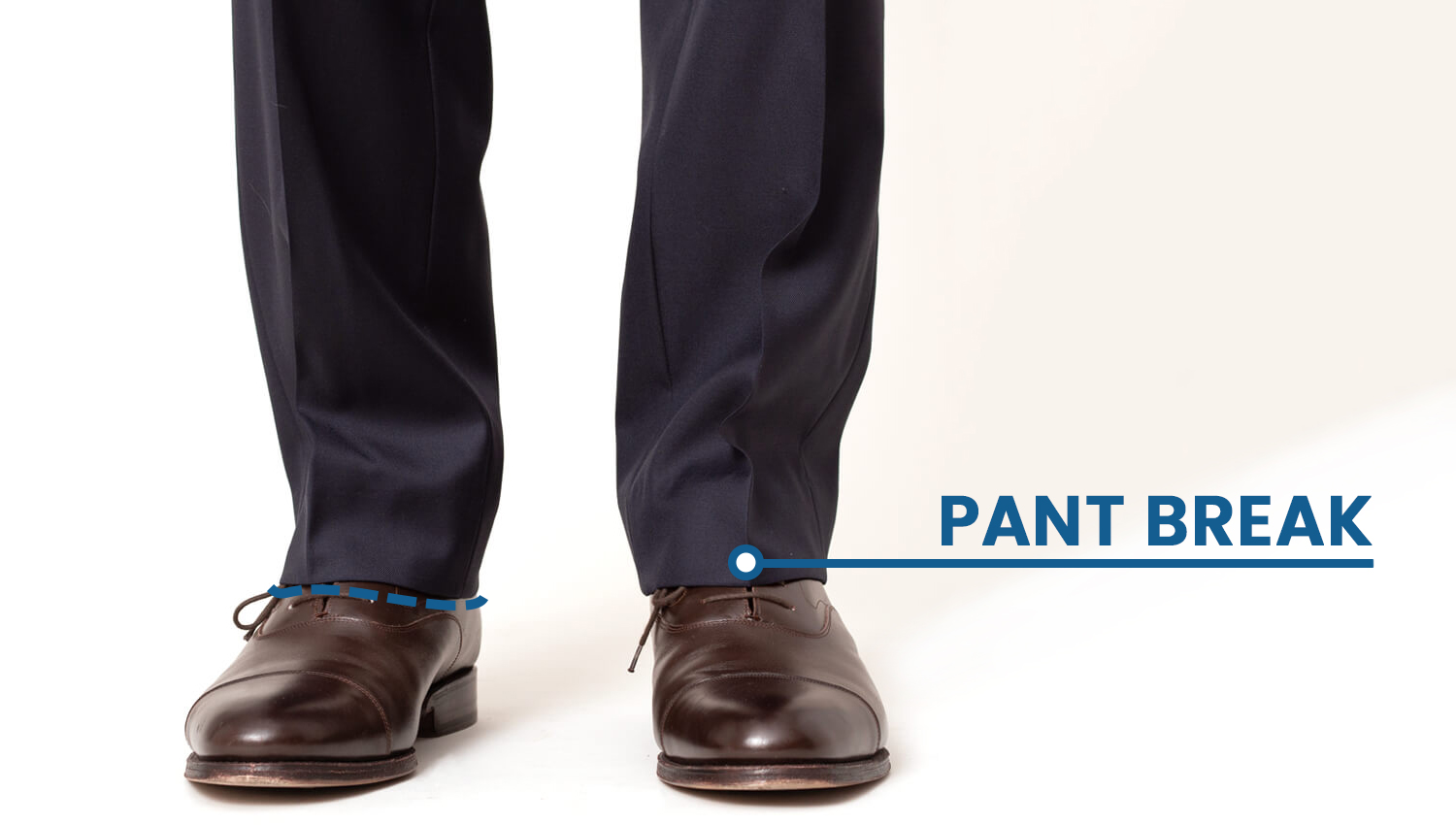
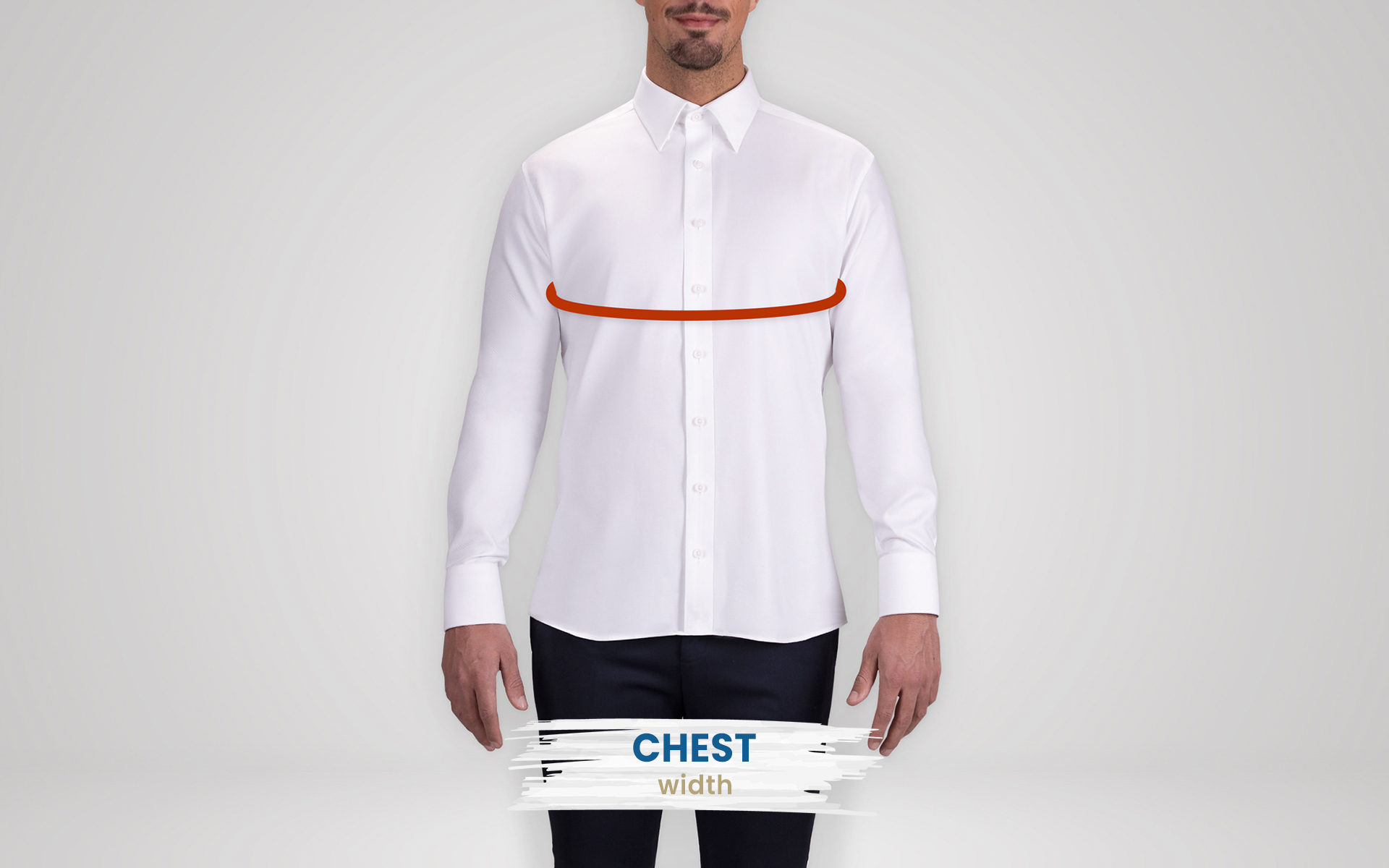
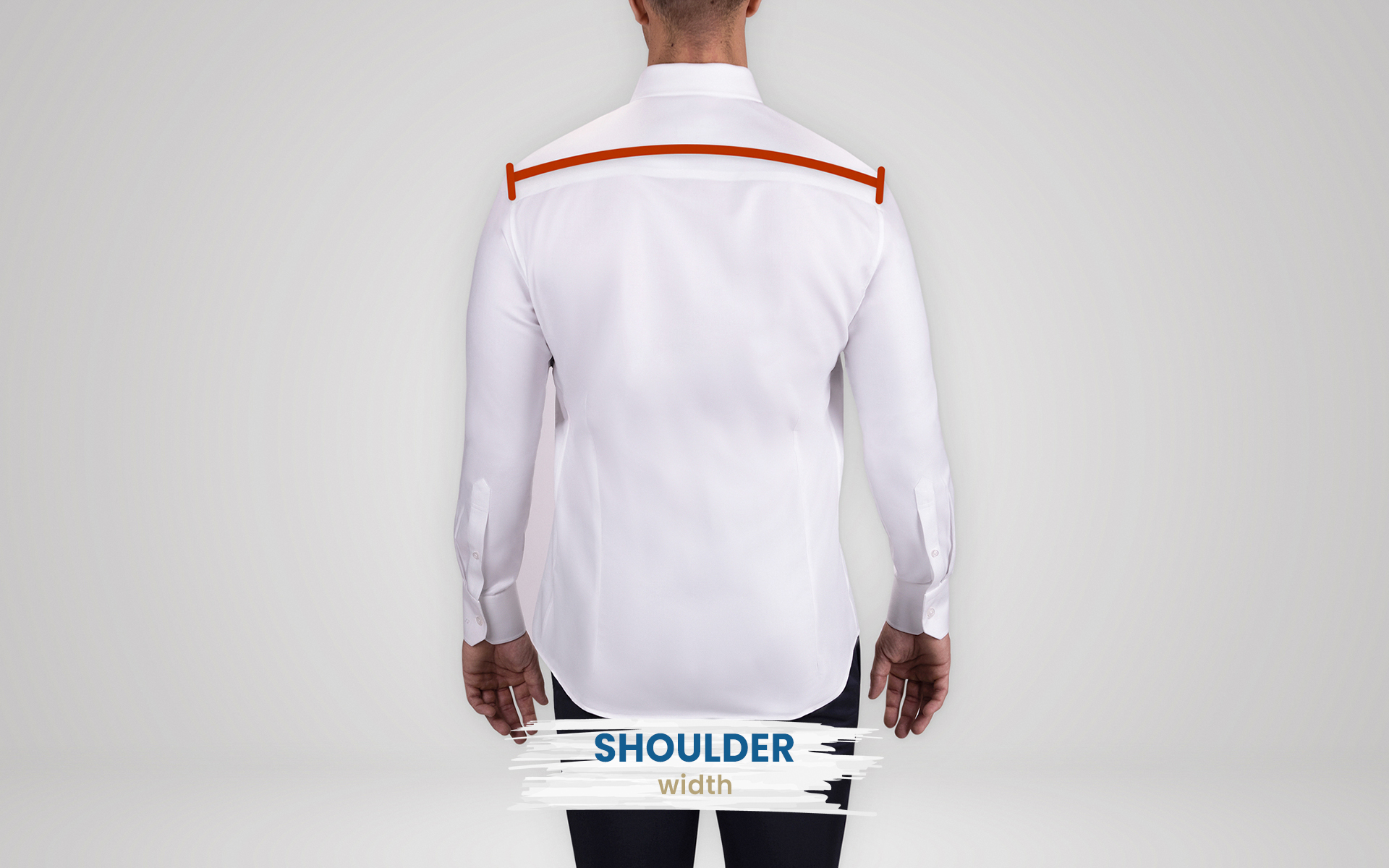
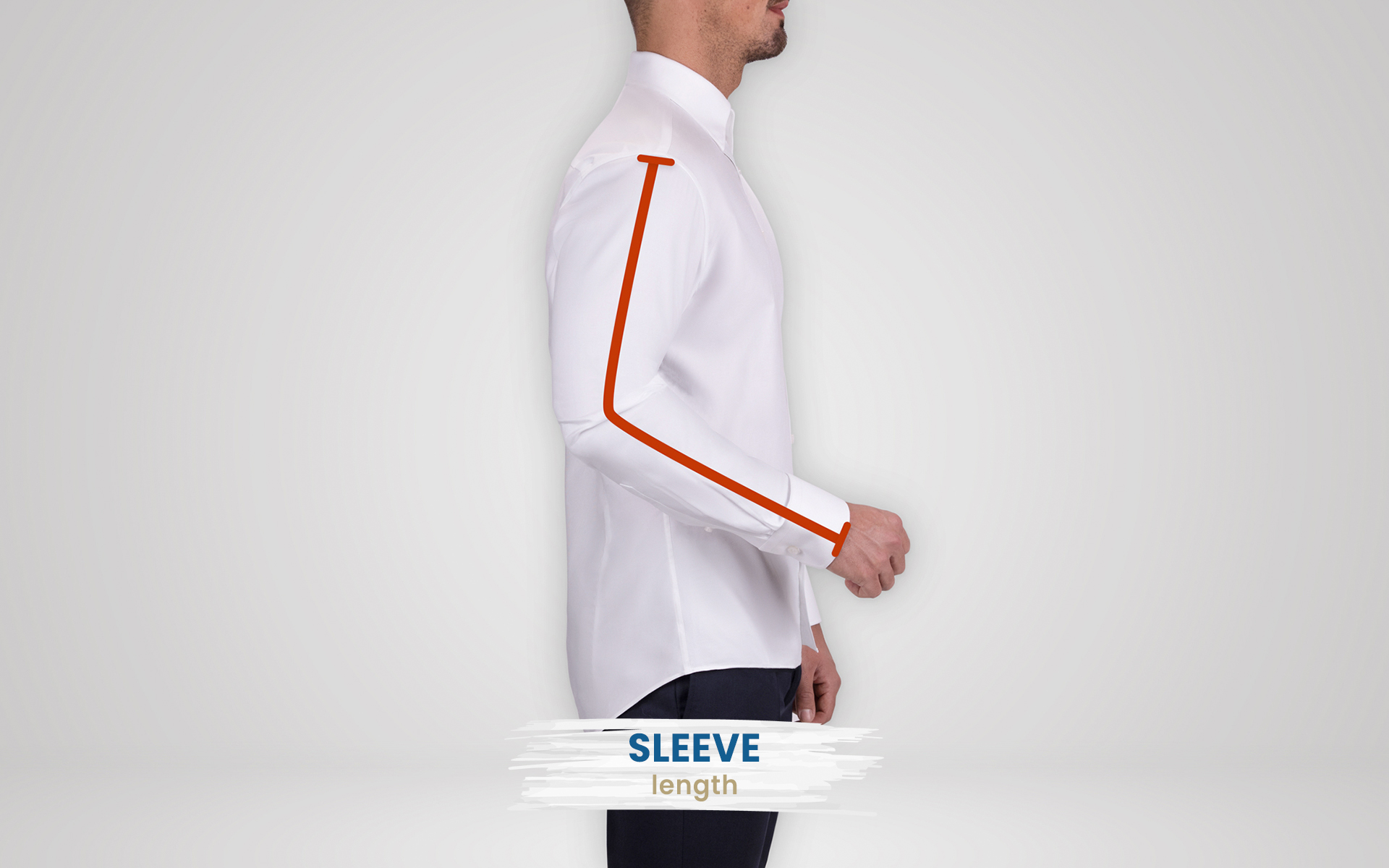
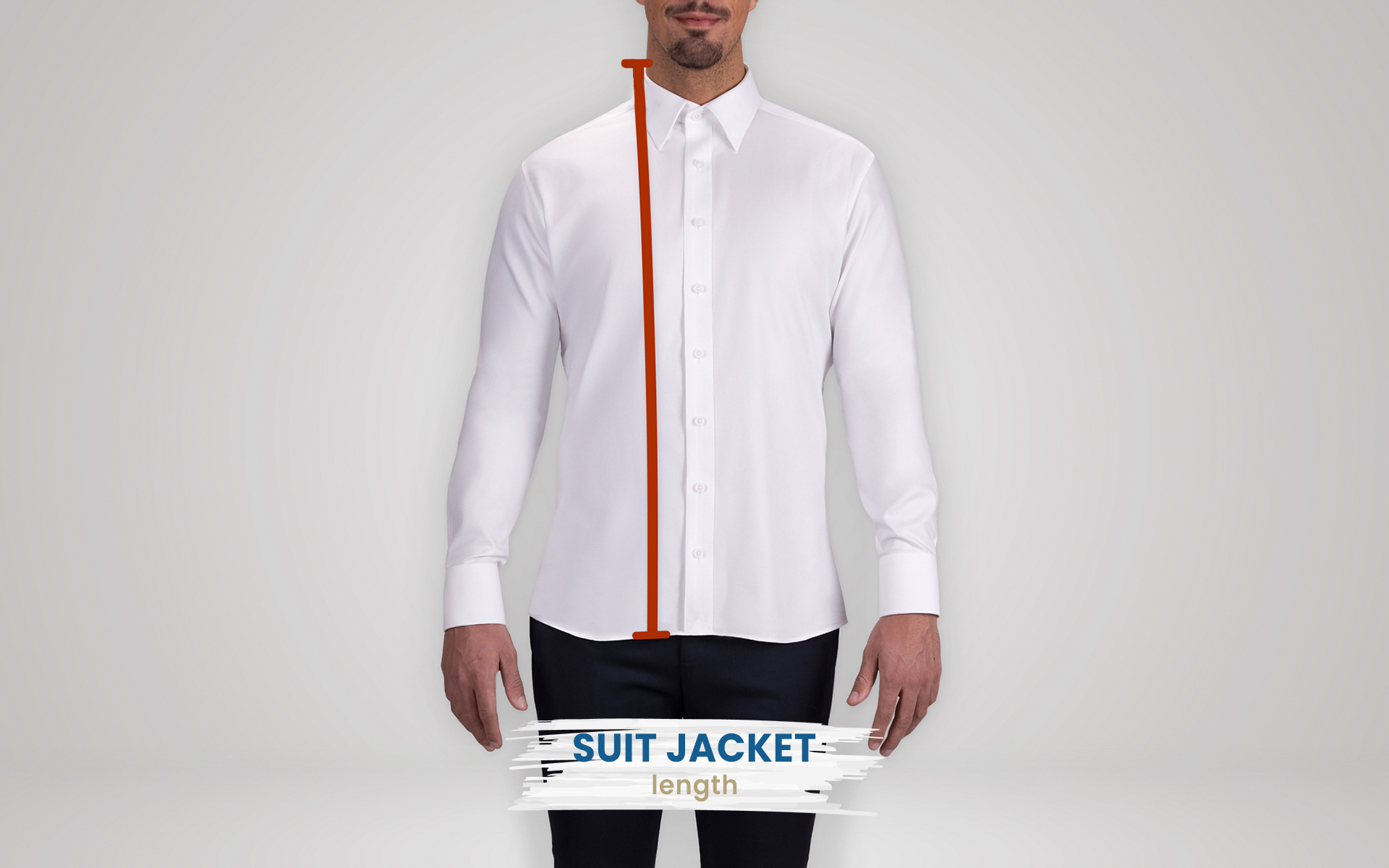
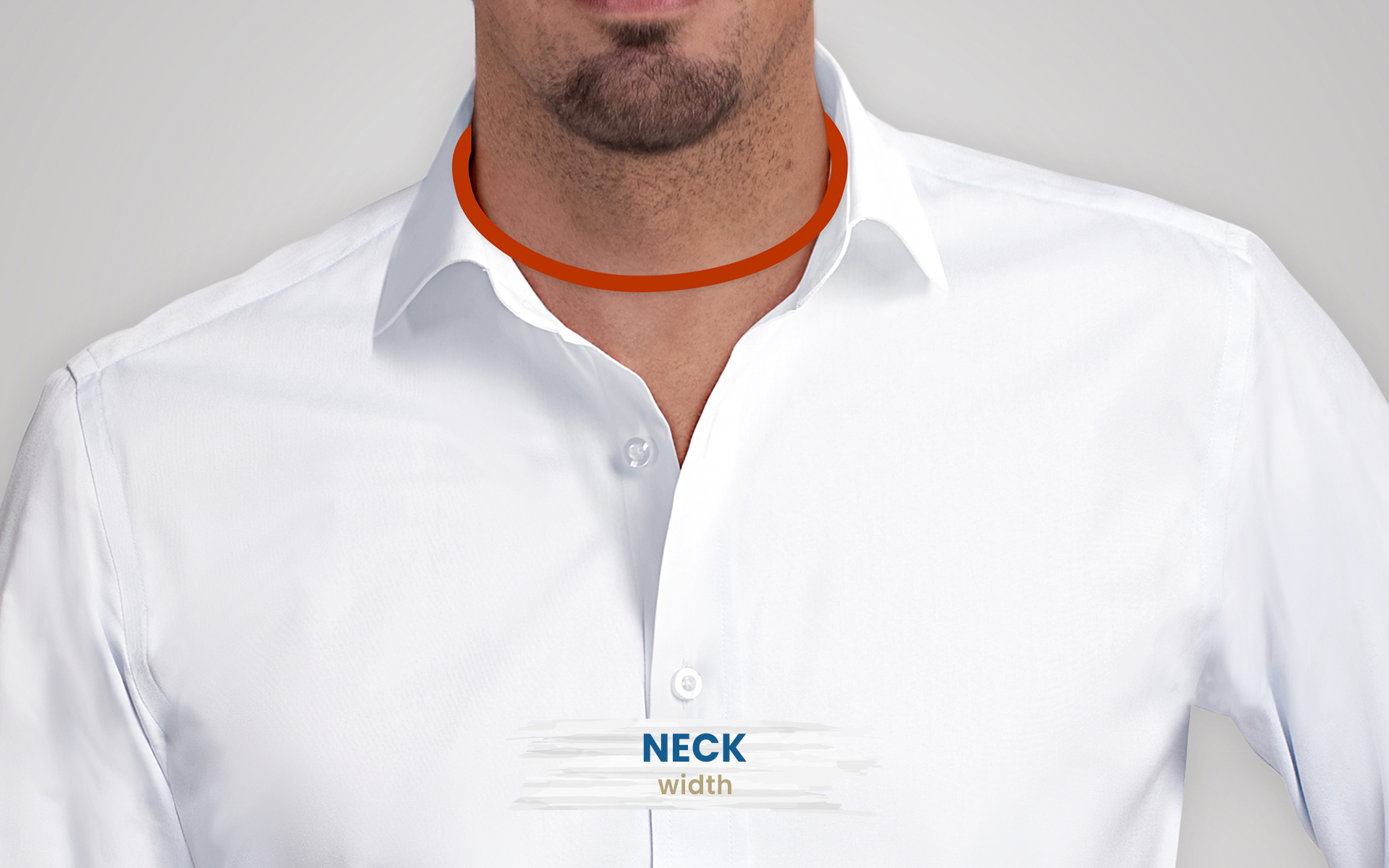
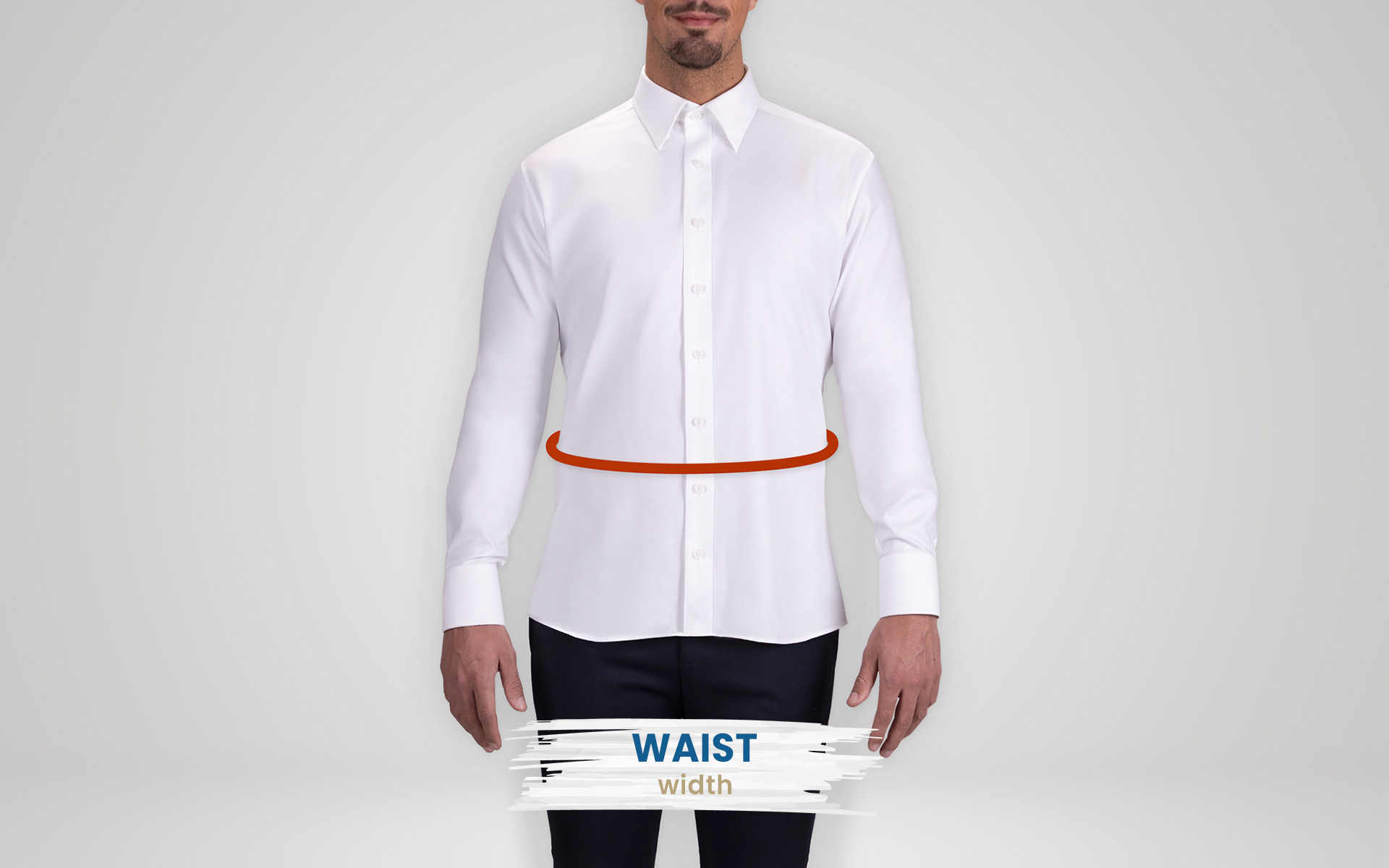
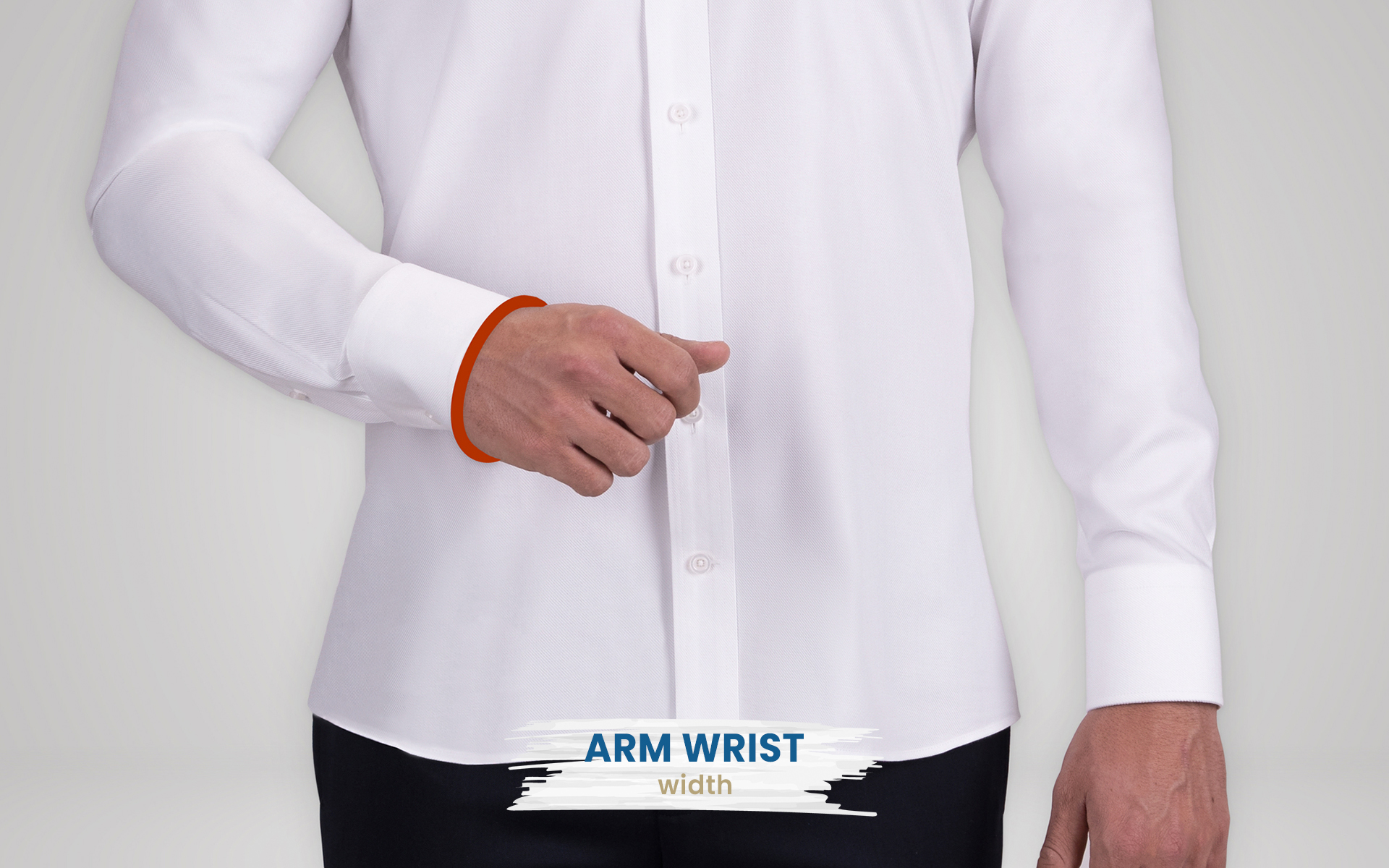
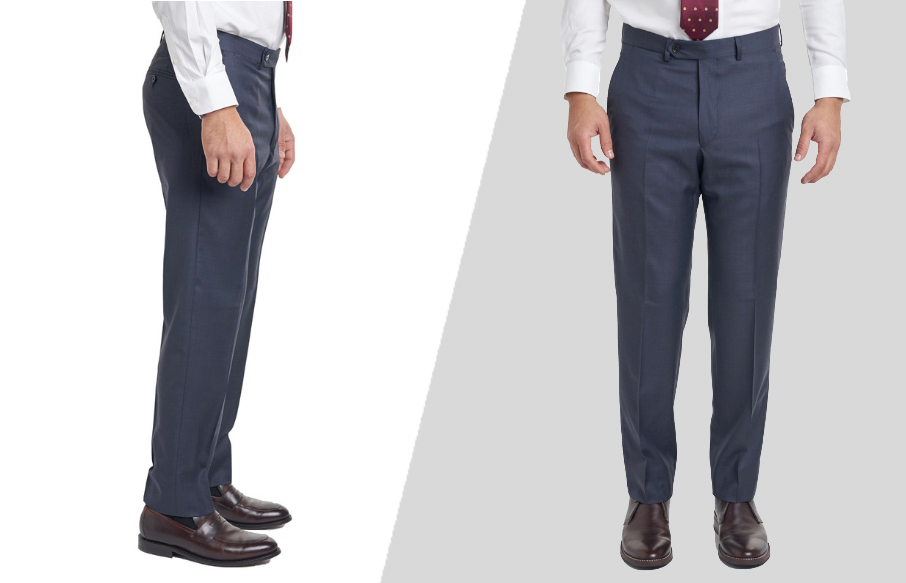
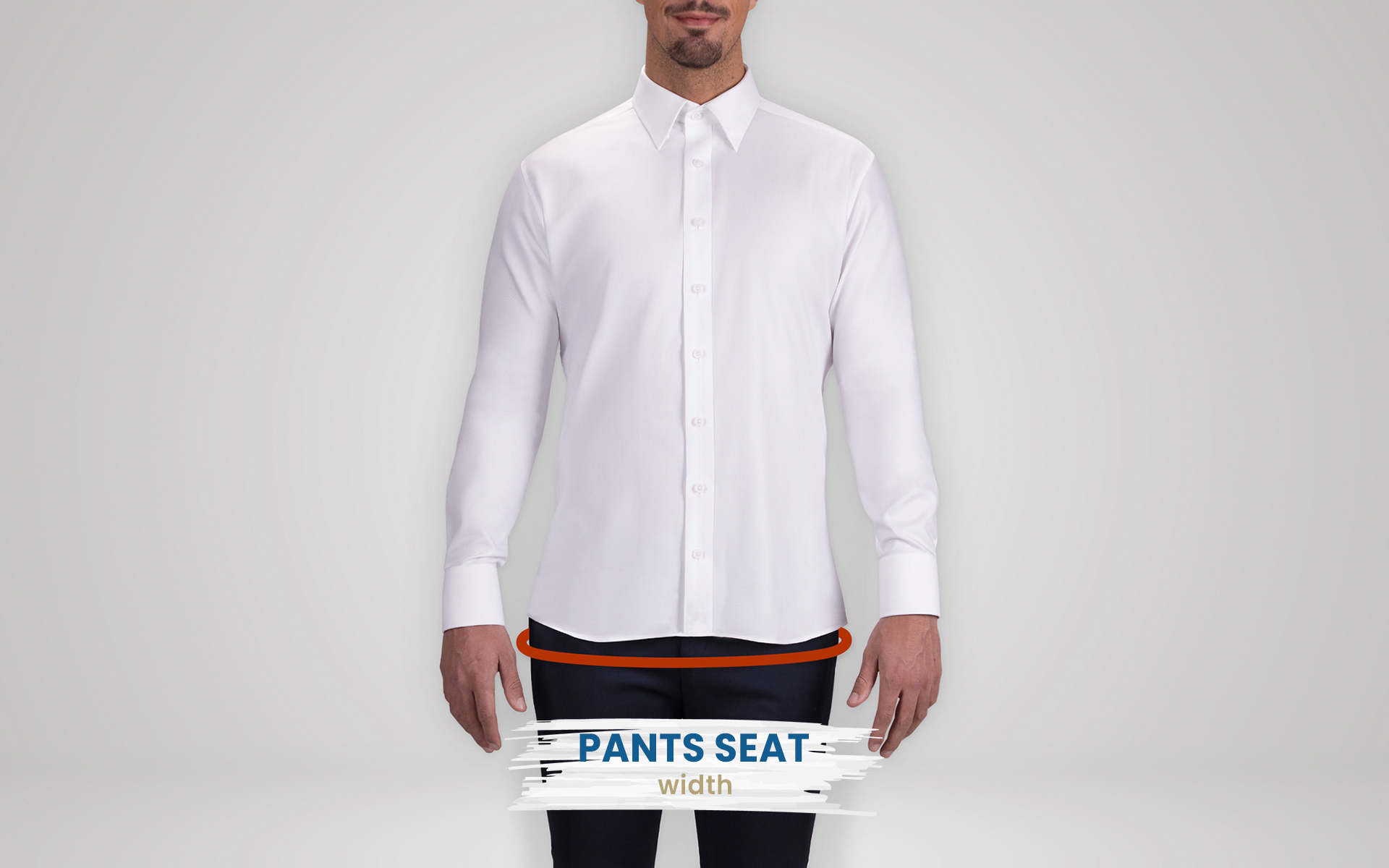
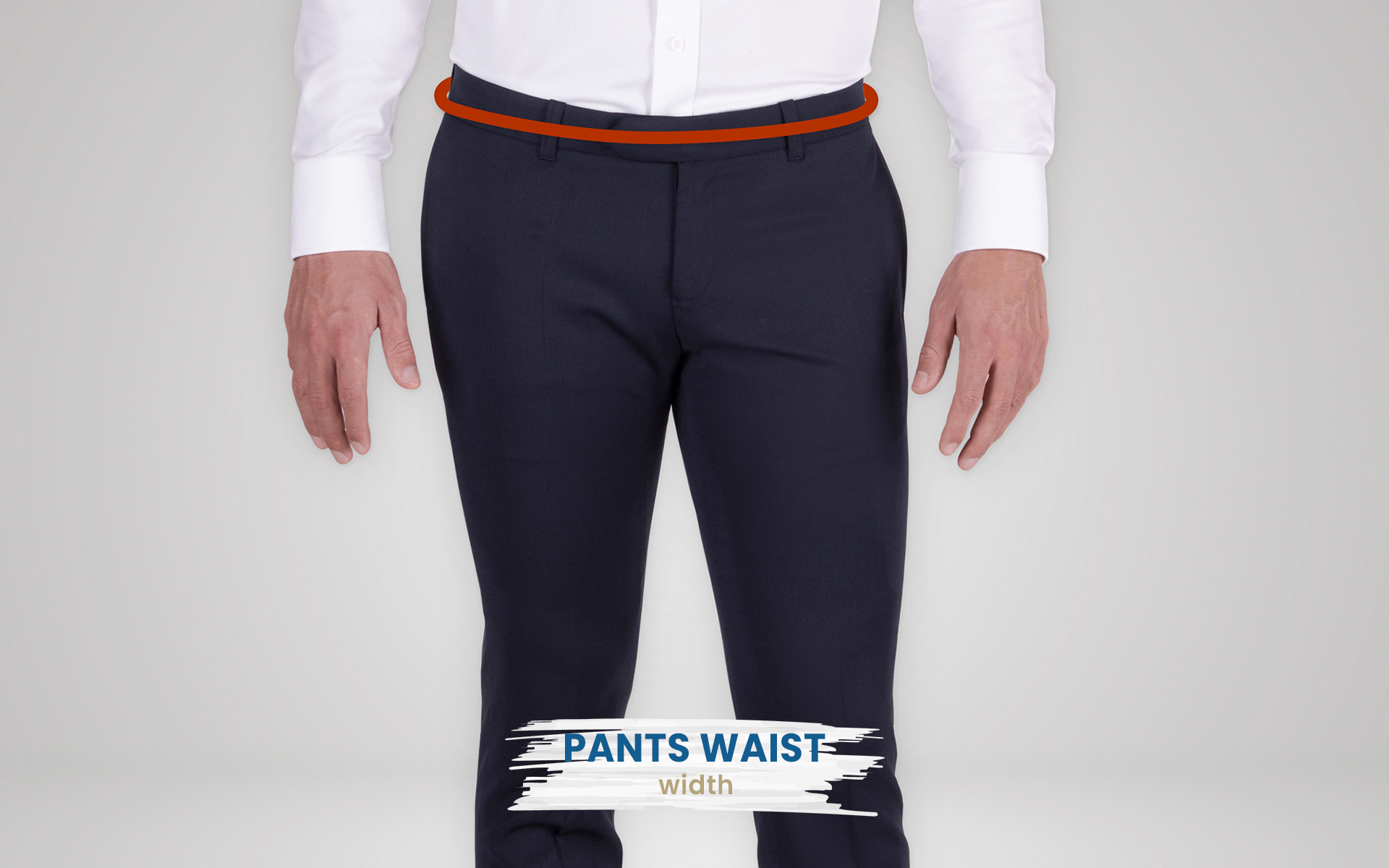
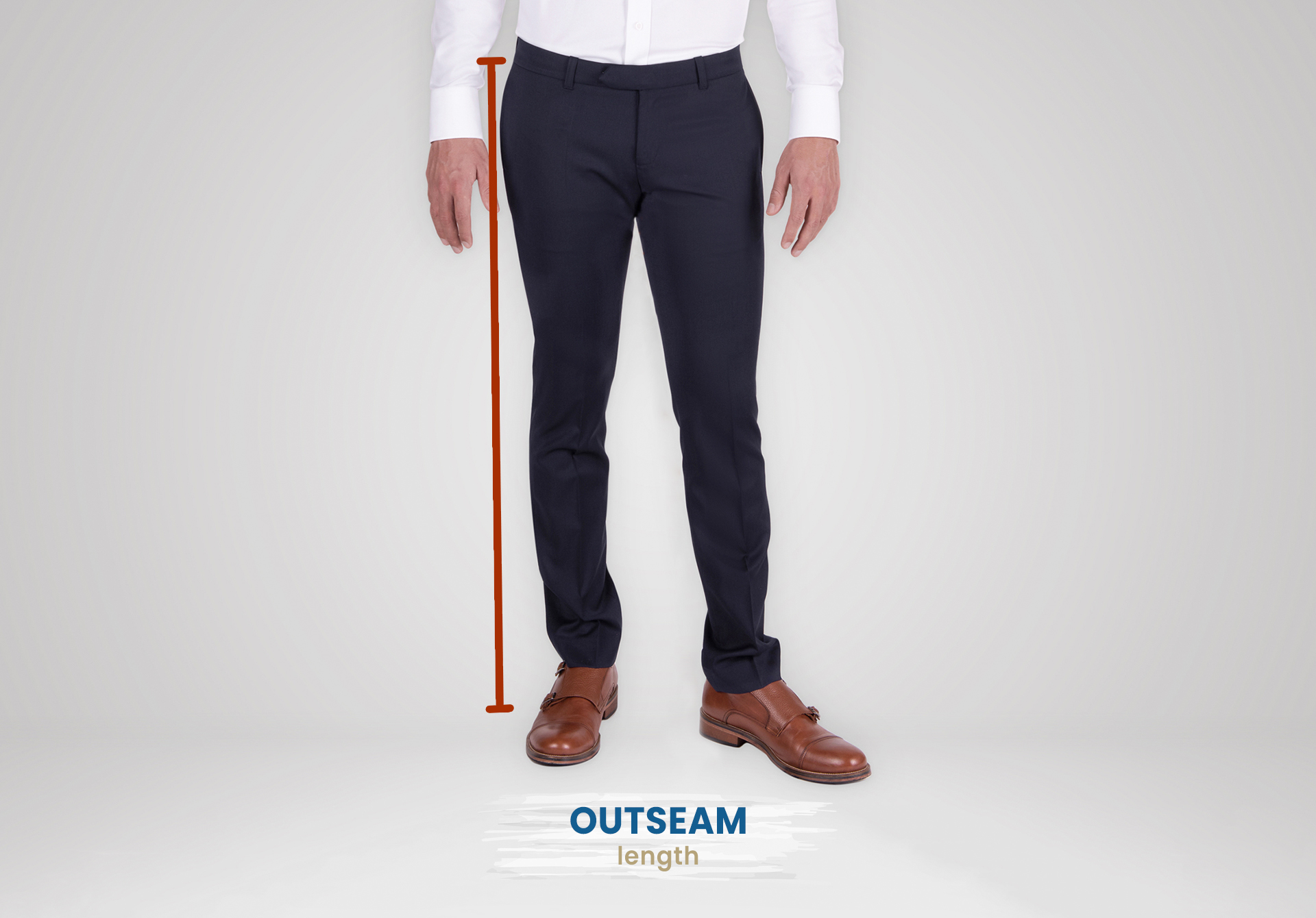
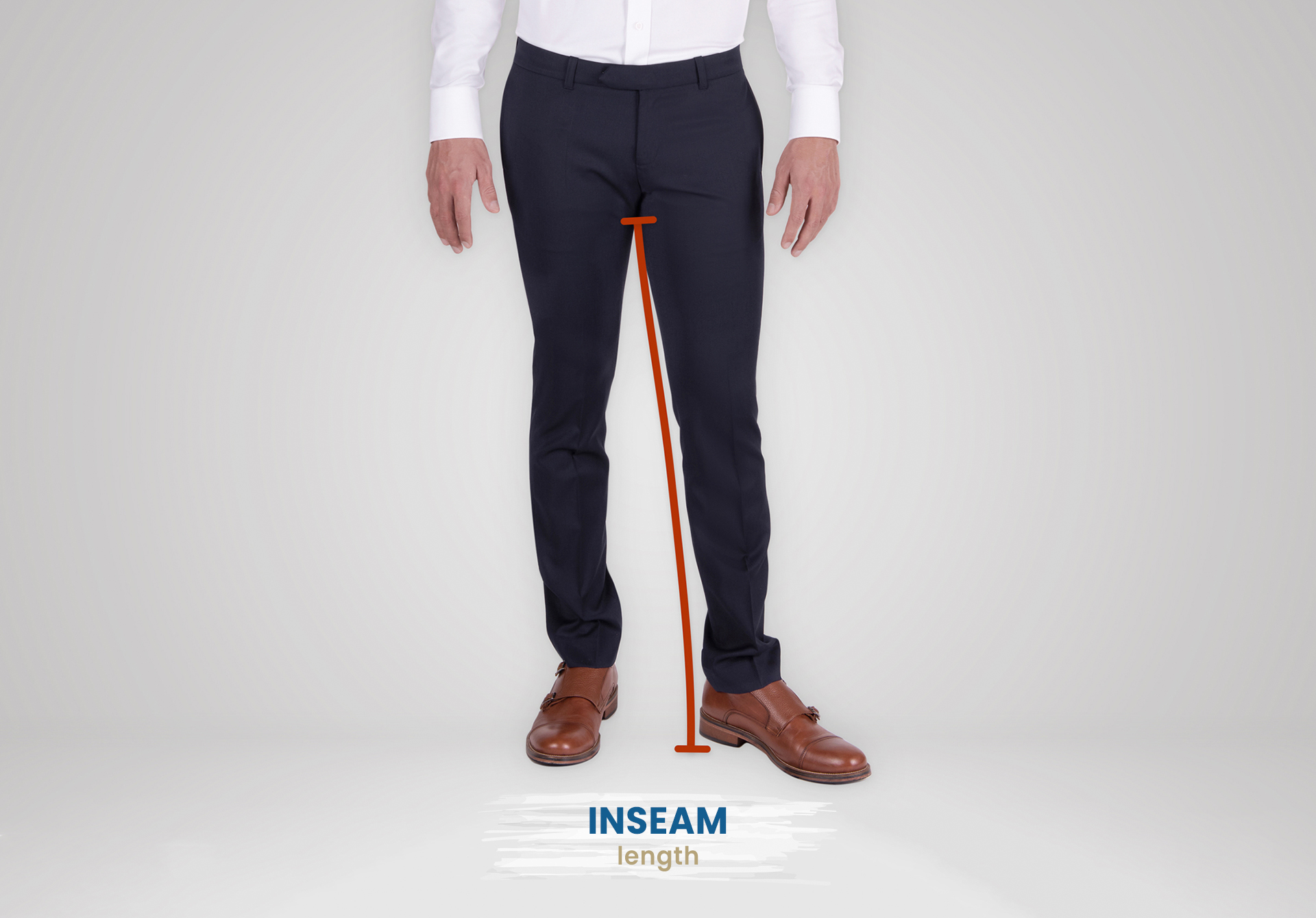
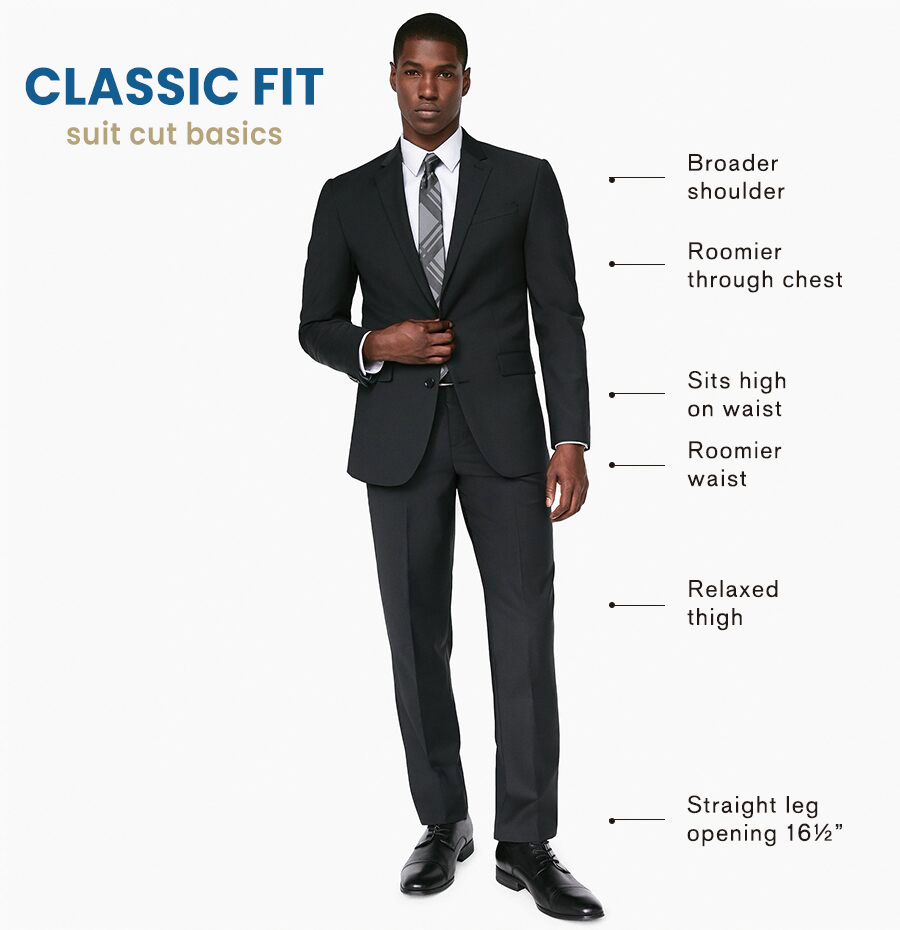
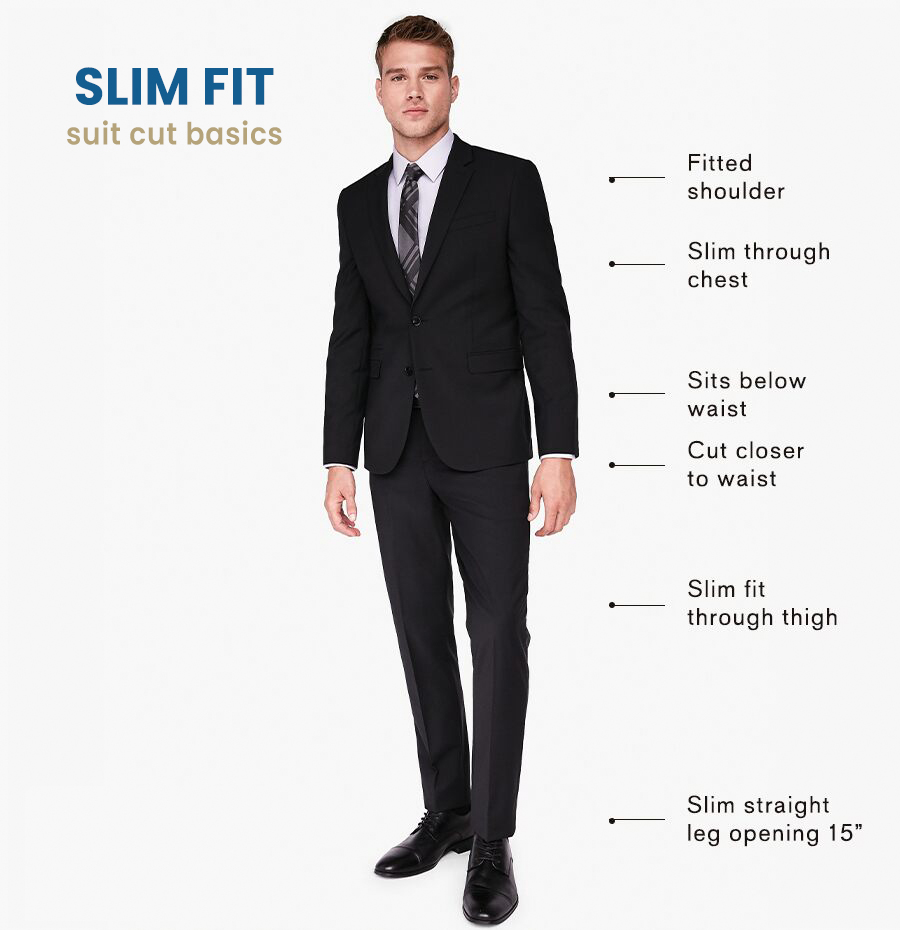
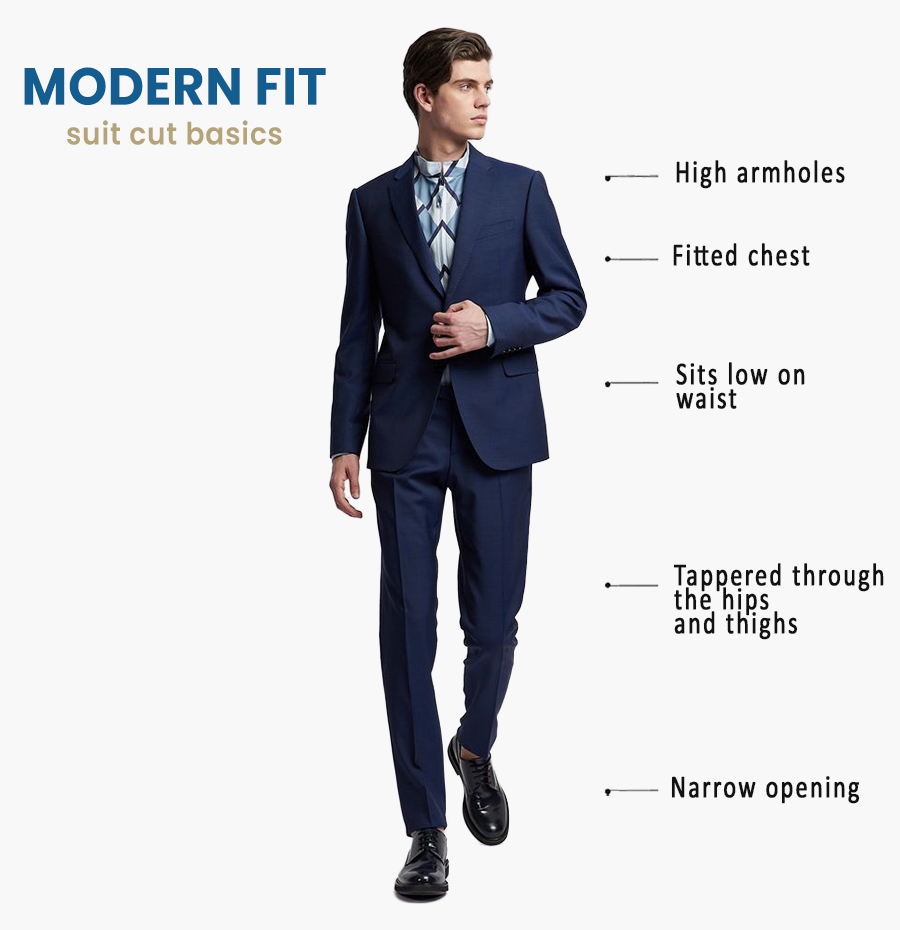
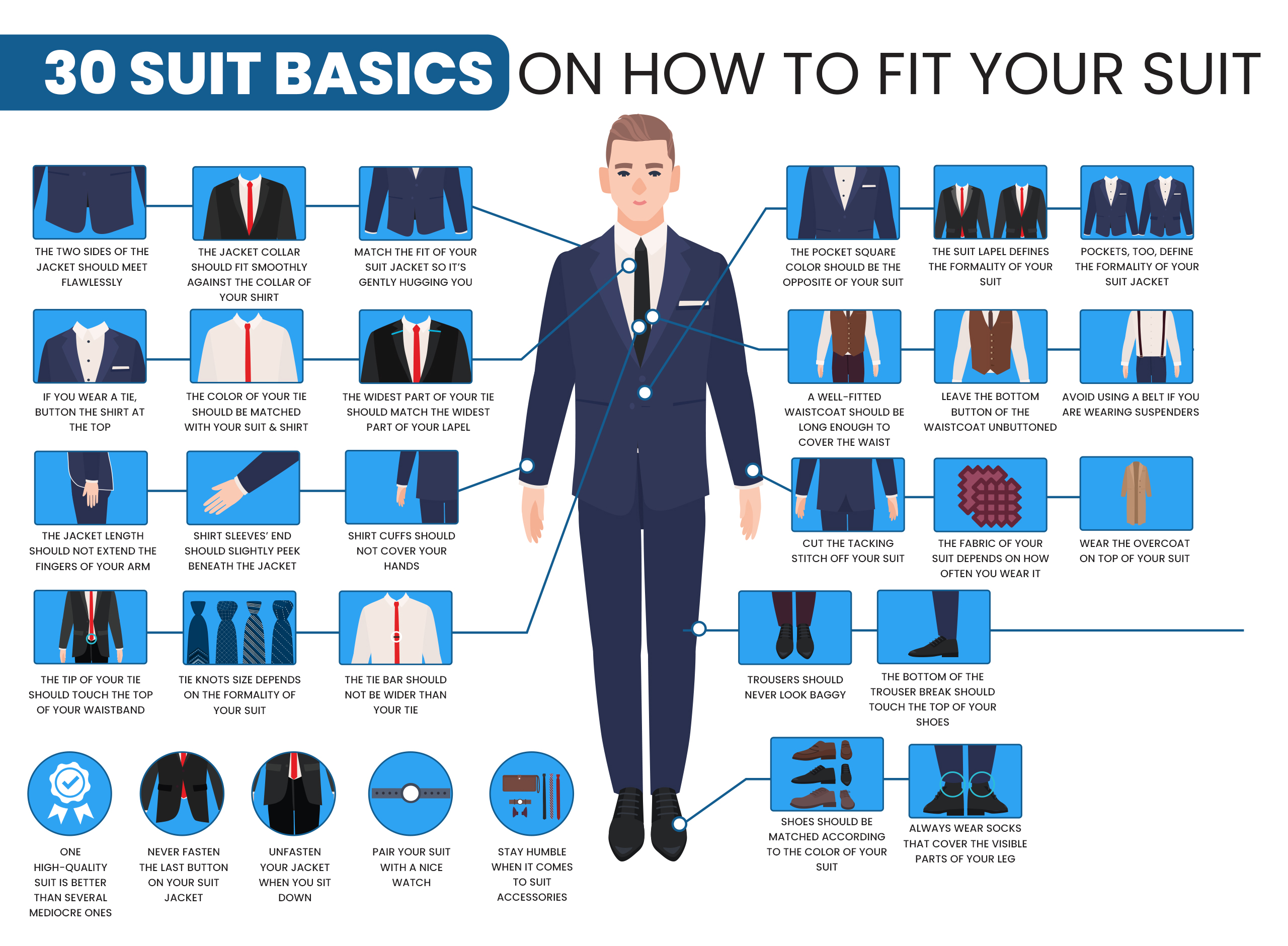


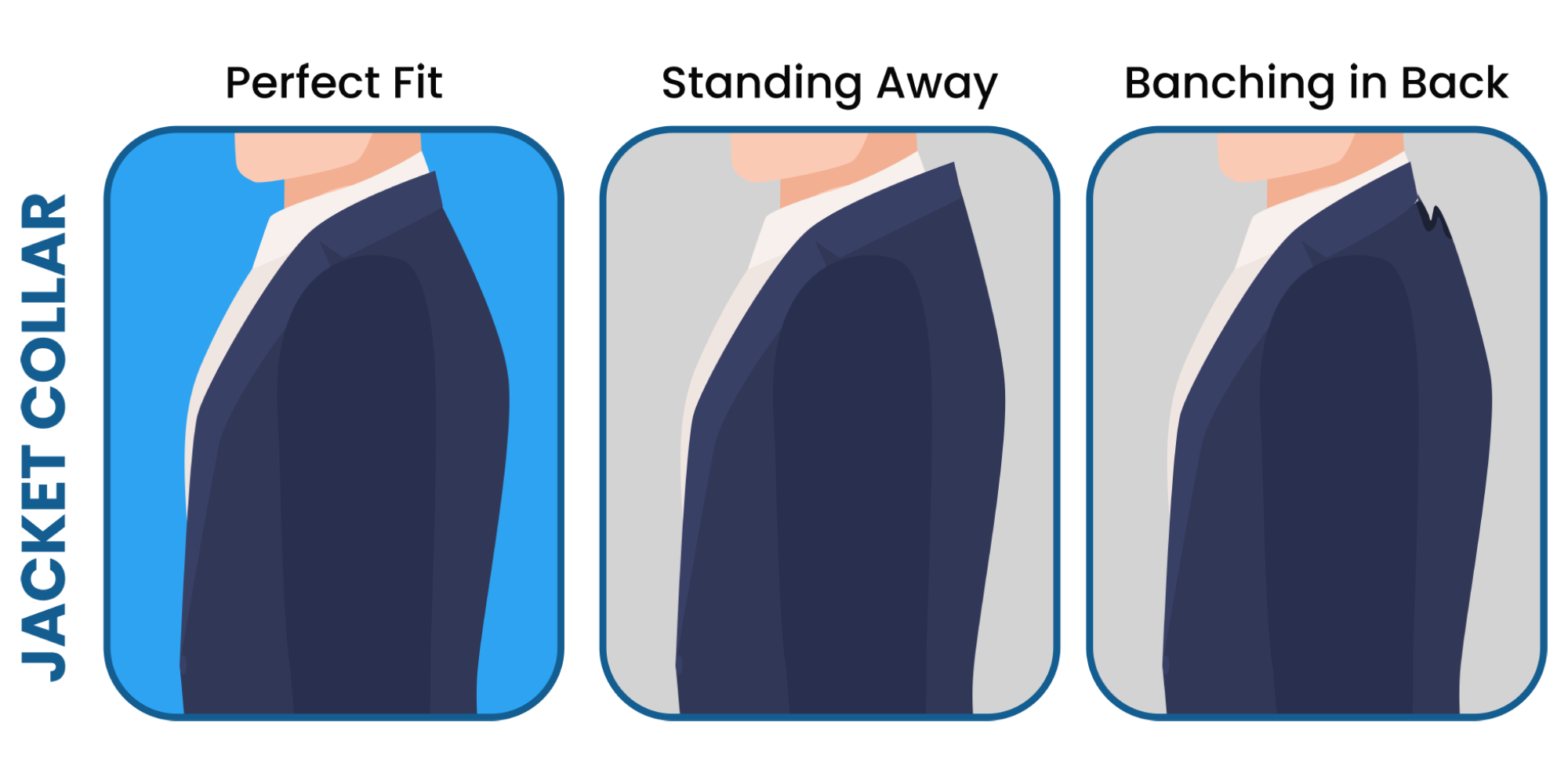
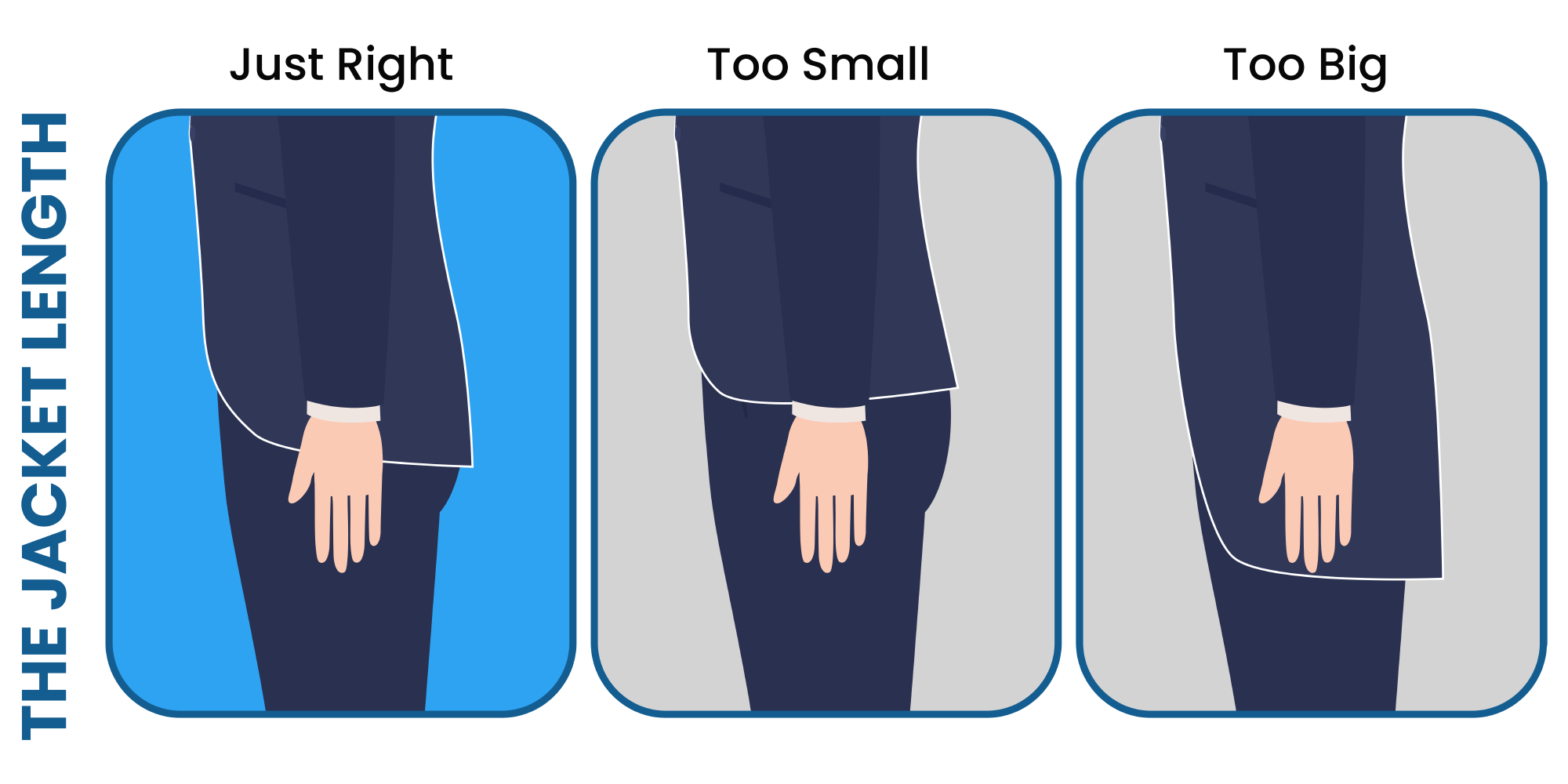
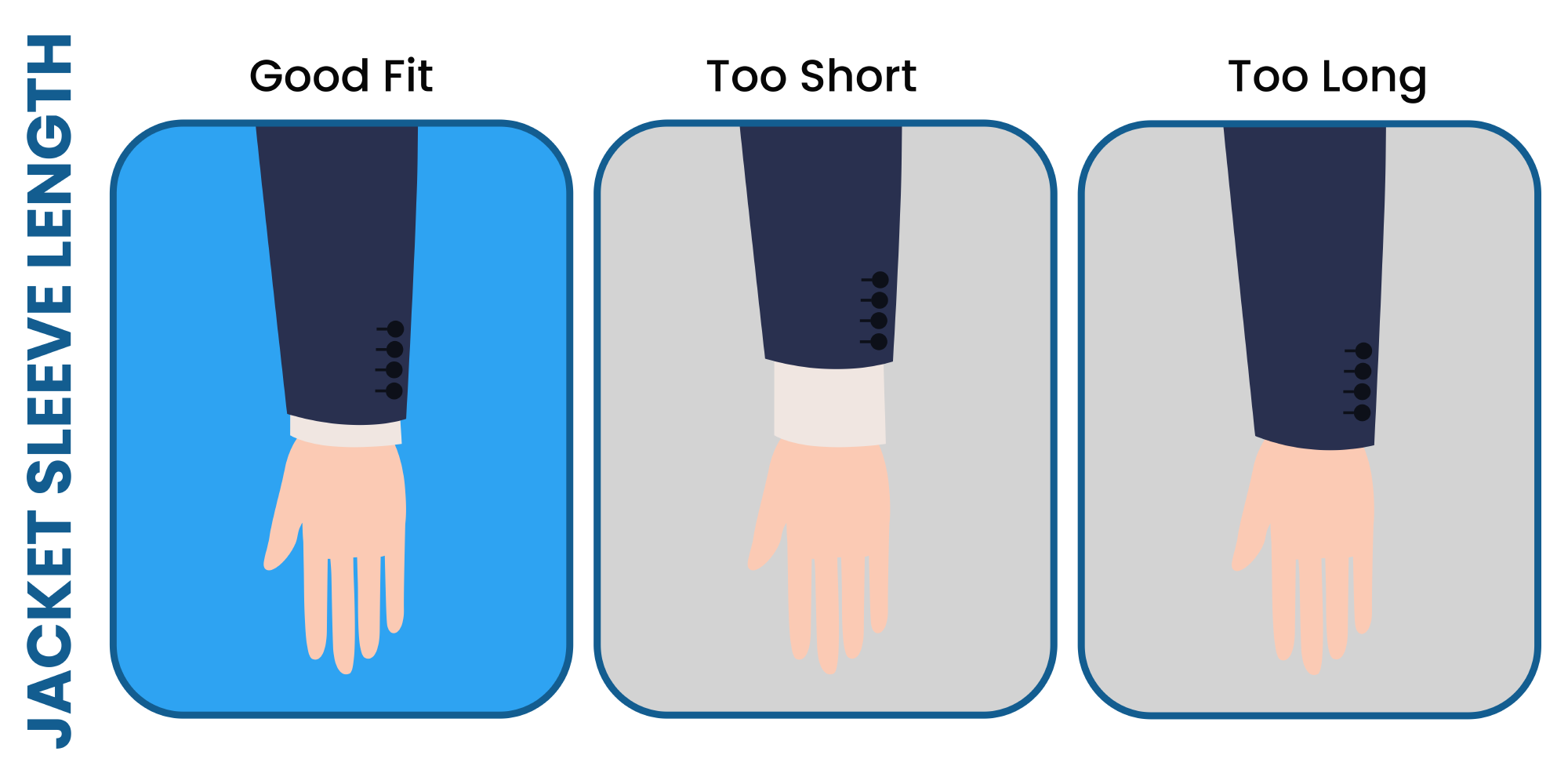
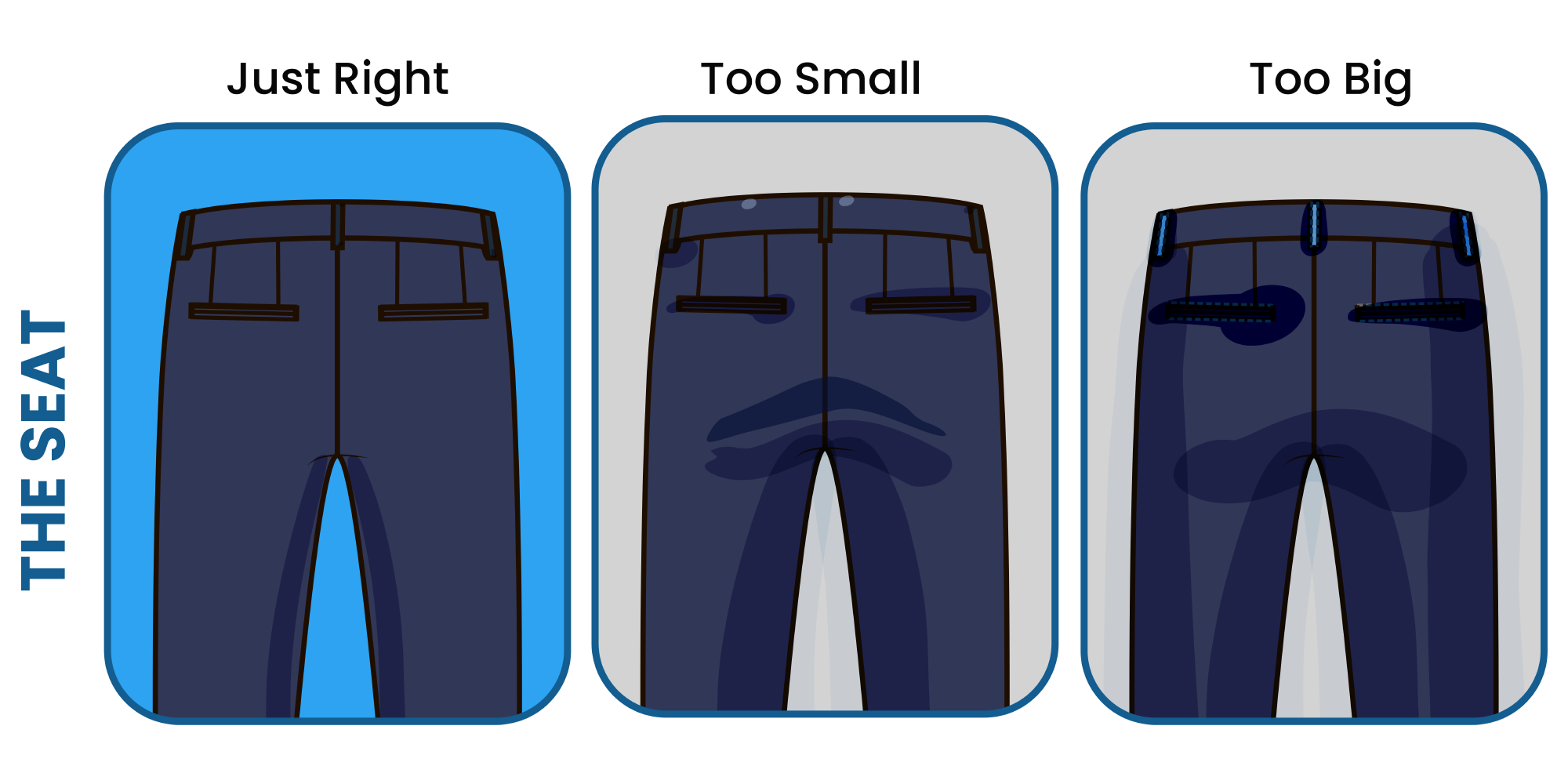
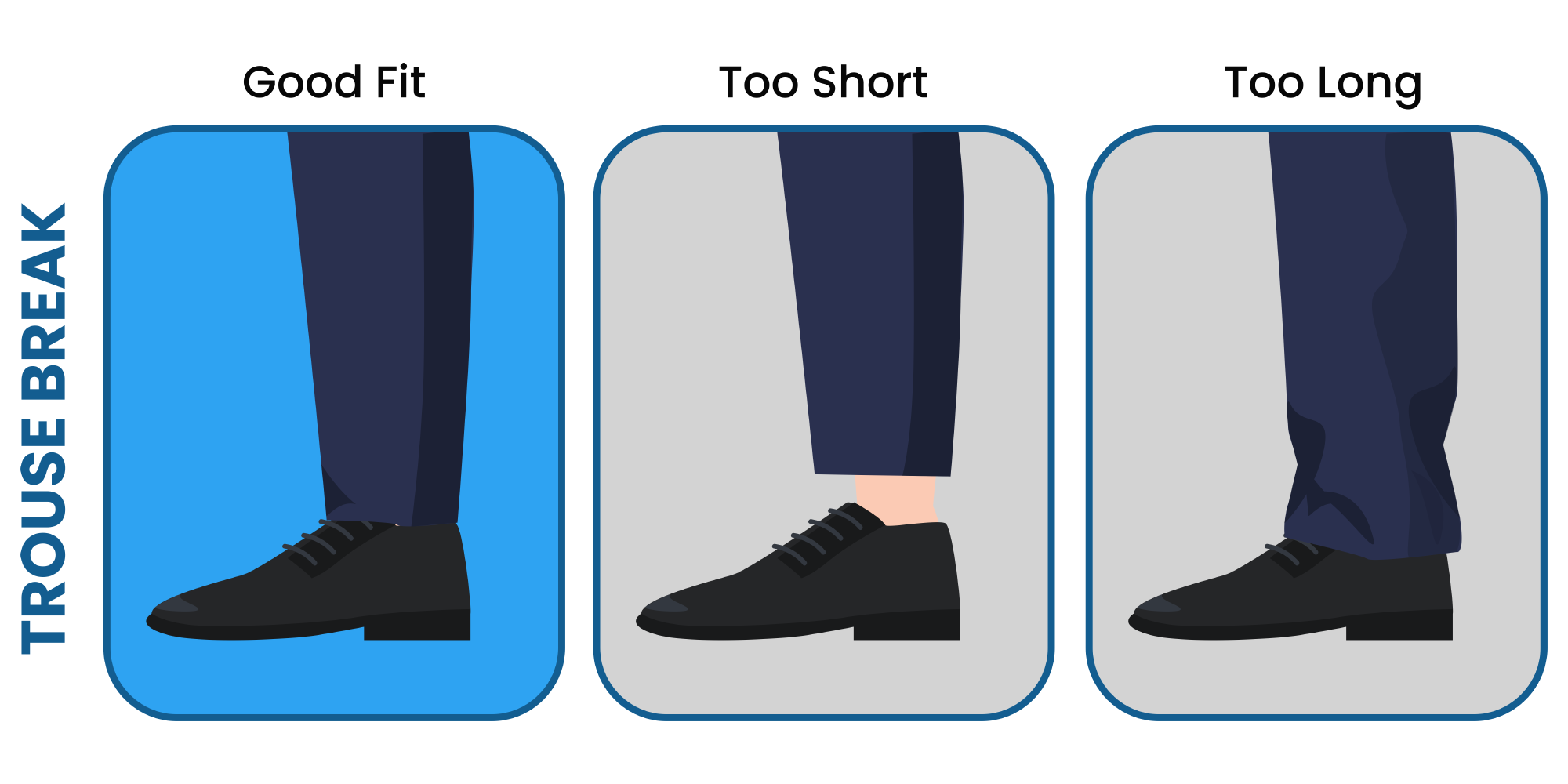
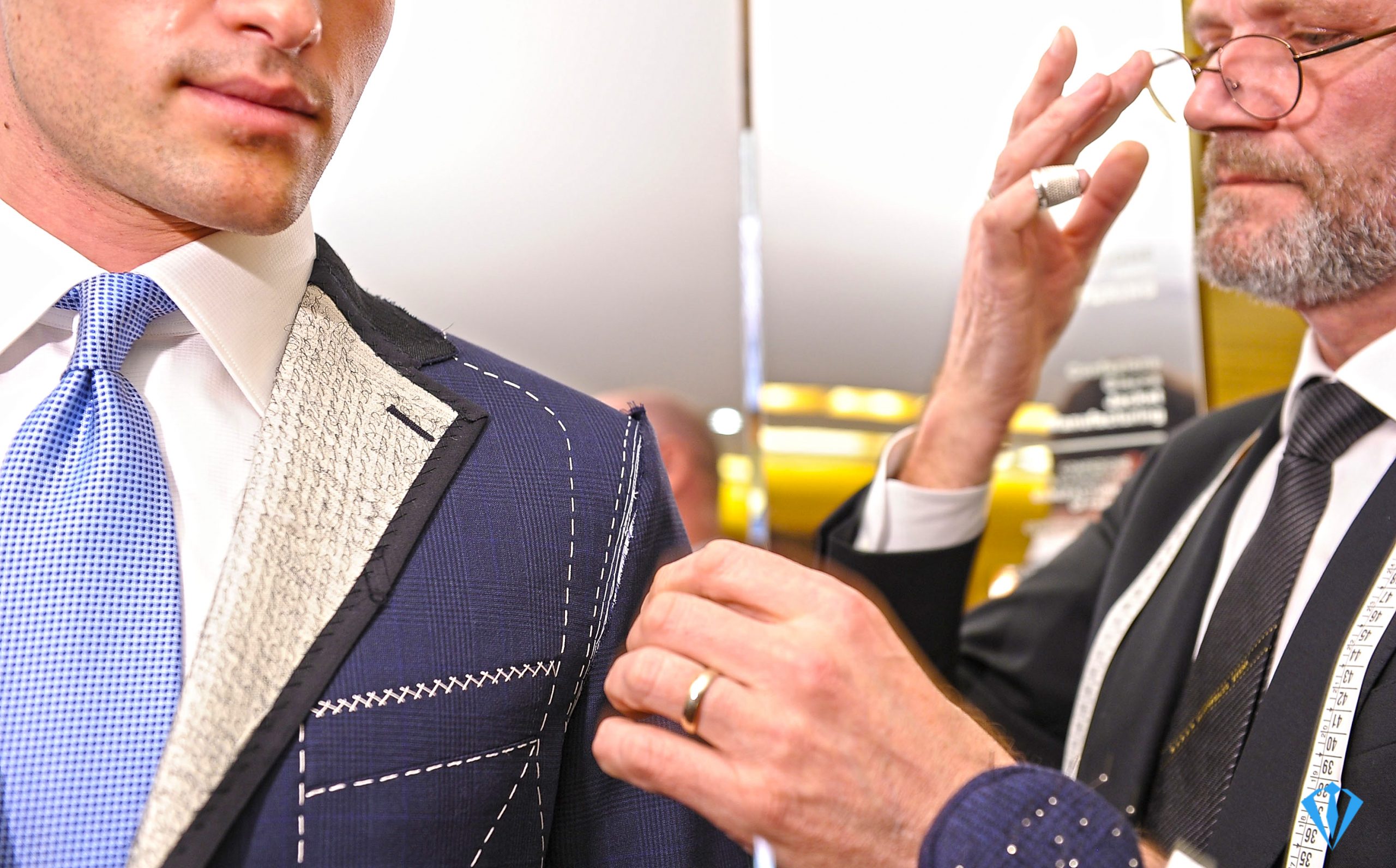





How to get a good suit when you have Beer Belly?
Go for custom-made suits. Proper suit waist and chest measurements are crucial. Also, go for a jacket length that reaches the middle groin/crotch area.
Great guideline about men’s suit size and measurements. Thanks for sharing!
I’m glad I can help!